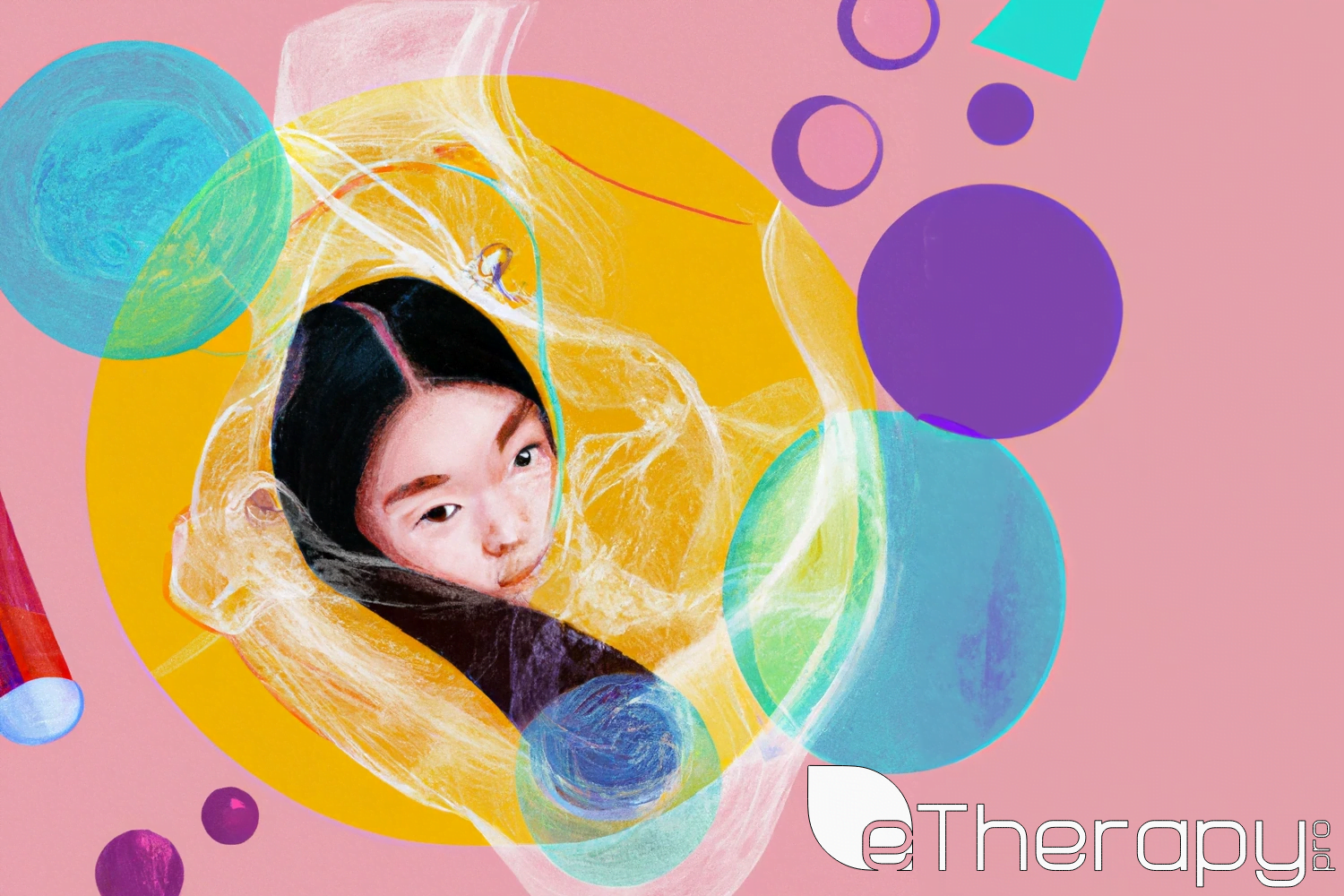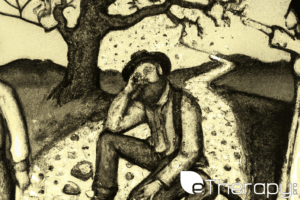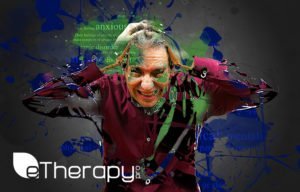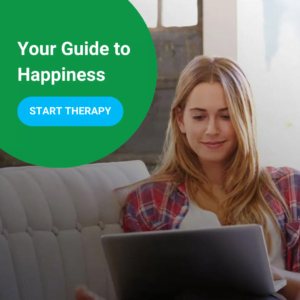“
54321 method:
Imagine standing amid a bustling crowd. All eyes are seemingly on you. It starts with a subtle tingle — sweaty palms, a racing heart. Maybe your shirt gets damp from the sweat, or a feeling engulfs you, making it seem like you’re on the brink of something much darker, even like you’re dying. This isn’t just nervousness; this is anxiety in its raw form, and those who’ve felt its grip, know it’s far from simple. Yet, amid this chaos, there lies a potential anchor. It’s not a universal panacea, nor is it effortless. It demands practice, but once mastered, it can provide a brief respite.
Seeking calm in the storm? Let us guide you toward discovering that anchor.
Understanding Anxiety and Its Sneaky Ways
Anxiety isn’t just an occasional nervous flutter in the stomach before a big presentation or the jittery anticipation of a first date. It’s deeper, often insidious, and has a knack for showing up unannounced, like that distant relative who crashes on your couch without warning.
For many, anxiety is a constant hum in the background — a soundtrack to their daily lives. It’s not always deafening, but it’s there, a steady beat of worry and overthinking that can suddenly ramp up to a thunderous roar. And when it does, it’s not just mental; it manifests physically. Tightness in the chest, rapid heartbeats, an uneasiness in the pit of the stomach, and sometimes even an overwhelming sense of impending doom. It’s a full-body experience, and it doesn’t play fair.
While our brains are wired for survival, keeping us alert to potential dangers, anxiety takes this protective mechanism and cranks up the volume. It tricks us into seeing threats where there might be none. A forgotten email becomes a potential job loss; a missed call transforms into a tragedy.
Think of anxiety as your overly protective, slightly paranoid relative. They mean well, but sometimes you just wish they’d take a vacation.
It’s crucial to recognize these patterns, not to diminish the experience, but to understand that while anxiety may be a part of us, it doesn’t define us. And by understanding its sneaky ways, we’re better equipped to navigate its challenges.
I spent a lot of years trying to outrun or outsmart vulnerability by making things certain and definite, black and white, good and bad. My inability to lean into the discomfort of vulnerability limited the fullness of those important experiences that are wrought with uncertainty: Love, belonging, trust, joy, and creativity, to name a few. – Brené Brown
54321 Method: The Magic of Grounding Techniques
In the whirlwind of anxiety’s grip, it can feel like you’re a leaf being tossed in a storm, directionless and out of control. Grounding techniques serve as the metaphorical tree trunk in that storm, a solid place to grasp and reorient yourself, drawing you back to the here and now.
The principle behind grounding is deceptively simple: divert your focus from the abstract worries spiraling in your mind and redirect it to the tangible, immediate world around you. It’s like tuning out the static from a noisy radio and finding a clear channel.
Why Grounding Works
Our brains, magnificent as they are, sometimes struggle to differentiate between perceived threats and real ones. A spike in anxiety often puts our brain in “fight or flight” mode, even if there’s no immediate danger around. Grounding techniques pull the brain’s attention back to the present, reminding it that you’re safe.
An Array of Grounding Techniques
While the 54321 method, which we’ll delve into shortly, stands out, there are numerous other grounding exercises out there. For instance, you could try focusing on your five senses: sight, sound, touch, taste, and smell. Alternatively, you might find it helpful to engage in mindfulness meditation or deep breathing exercises.
Some individuals find solace in holding onto an object, focusing on its texture and temperature. Others have benefited from platforms like eTherapyPro, which offers guidance on a range of techniques tailored to individual needs.
Regardless of the method you choose, the key is to find a technique that resonates with you and practice it regularly. Indeed, like any skill, the more you practice grounding, the more effective it becomes.
Who looks outside, dreams; who looks inside, awakes. – Carl Jung
Diving into the 54321 method
In moments of heightened anxiety, the world can become a blurry mess of overwhelming sensations. The 54321 method acts as a lens, bringing your surroundings into sharp focus and providing an escape route from the maze of anxious thoughts.
The Steps Simplified:
5 – See: Identify five things you can see around you. It might be a photograph on the wall, a plant by your desk, or the texture of your jeans. Engage in the details — the colors, shapes, and any nuances. This act of observation pulls your mind away from its internal turmoil and redirects it outward.
4 – Feel: Notice four things you can physically touch. It could be the cool surface of a table, the softness of a cushion, the graininess of a wooden object, or even the fabric of your shirt. Feel their textures. By concentrating on tactile sensations, you create a bridge between your mind and the physical world.
3 – Hear: Recognize three distinct sounds. Maybe it’s the distant hum of traffic, the ticking of a clock, or the chatter of people nearby. Listening intently tunes your brain into the present moment, muffling the persistent noise of anxiety.
2 – Smell: Identify two things you can smell. If you can’t immediately pinpoint anything, take a deliberate breath and you might pick up subtle scents—perhaps the aroma of your morning coffee or the freshness of a nearby plant.
1 – Taste: Focus on one thing you can taste. It could be a lingering taste from your last meal or drink. If there’s nothing, taking a sip of water or a small snack can also serve the purpose. This final step grounds you by engaging the most intimate of senses.
Why it Works
When overwhelmed with anxiety, the brain often loses its grip on the present, spiraling into a vortex of ‘what ifs’ and ‘worst-case scenarios.’ The 54321 method works as a mental anchor, systematically engaging each sense to tether your mind to the present environment. It’s not just about distraction; it’s about reconnection. By grounding your senses, you are in essence telling your brain, “Hey, it’s okay. We’re safe and secure, here and now.”
Practice makes perfect. Initially, this exercise might seem mechanical or forced. However, over time, with repetition, it can become a reflexive lifeline when anxiety tries to take the wheel.
Conclusion of the 54321 method
Navigating through the stormy seas of anxiety can be challenging. Yet, equipped with tools like the 54321 method, you have the power to bring your ship back to calmer waters. As Thich Nhat Hanh wisely noted, “Feelings come and go like clouds in a windy sky. Conscious breathing is my anchor.” Remember, you’re not powerless against your emotions; with practice and patience, you can master this method and find your anchor amidst the chaos. Today, you’ve added another arrow to your quiver in the fight against anxiety. Use it, trust it, and find your calm amidst the storm.









